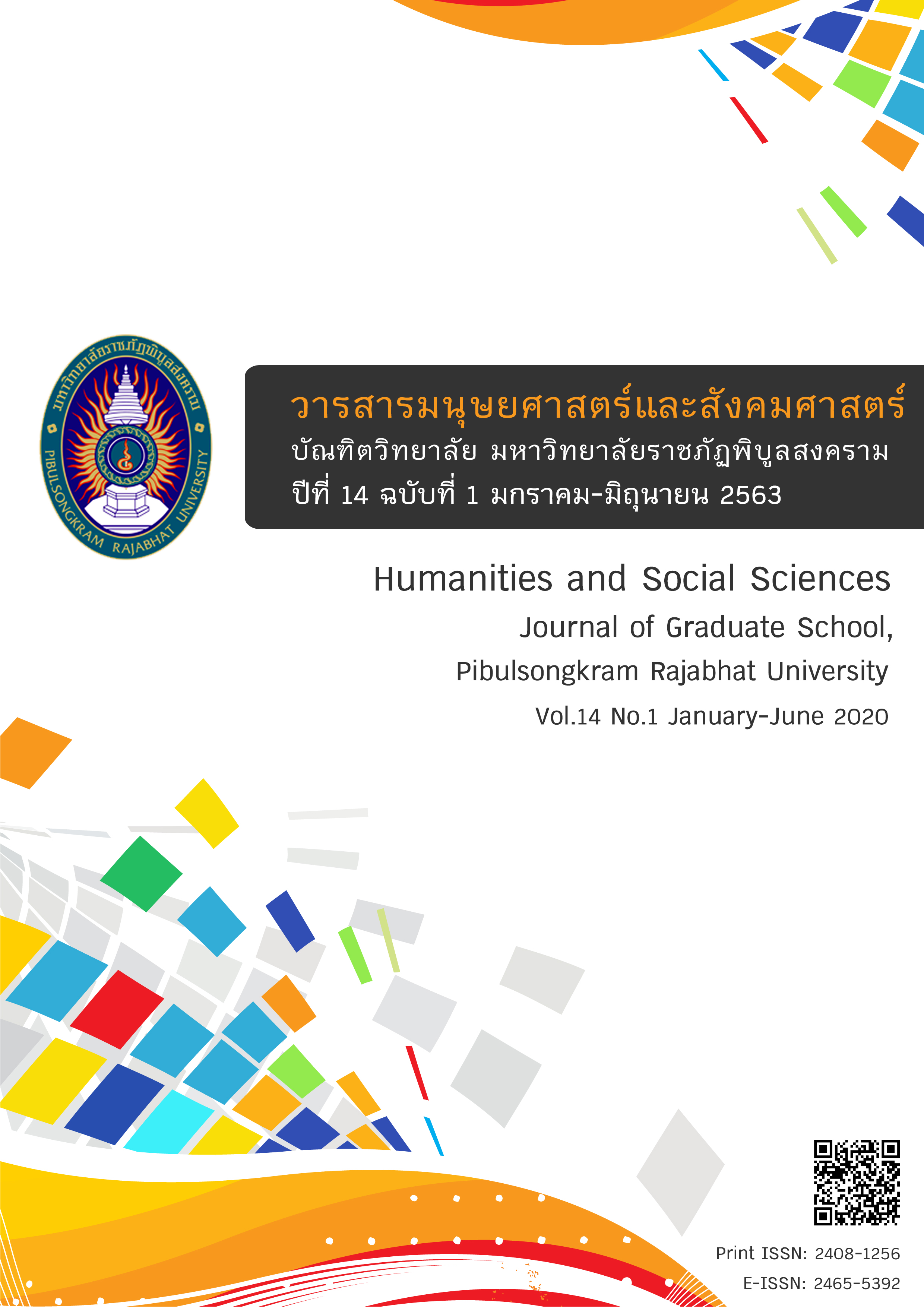Guidelines for Financial Liquidity Management in Thailand Industrial Business Sector
Keywords:
Financial liquidity, Sustainable, Learning and development, Innovative, Structural Equation Modeling (SEM)Abstract
The research aims to establish model of financial liquidity management in Thailand industrial business sector. This research intends to investigate the financial liquidity management through both qualitative and quantitative methodology by interviewing 500 entrepreneurs and financial management function of industrial business. The data were analyzed by percentage, mean, standard deviation, Chi-square test (c2) and Structural Equation Modeling (SEM). The results revealed that the important factors influencing are 5 variables included Stability, Update & Upgrade, Process & Improve, Alliance & Intra-cooperation and Technology & Innovation can be implemented in financial liquidity management in Thailand industrial business sector. The results of the Structure Equation Model (SEM) Analysis showed that the evaluation criteria was in line with the empirical evidence with the chi square probability at 0.079, relative chi square of 1.143, goodness of fit index of 0.959, and Root Mean Square Error (RMSE) of 0.017.
References
จิรพร สุเมธีประสิทธิ์, มัทธนา พิพิธเนาวรัตน์ และกิตติพันธ์ คงสวัสดิ์เกียรติ. (2556). การบริหารความเสี่ยงอย่างมืออาชีพ. กรุงเทพฯ: แมคกรอ-ฮิล.
รัญชนา พงศาปาน. (2555). ศาสตร์แห่งการบริหารสภาพคล่อง. BOT พระสยาม Magazine, 35(4), 26-27.
สุรชัย ภัทรบรรเจิด. (2559). การจัดการสภาพคล่องทางการเงินสำหรับ ผู้ประกอบการ SMEs ภายใต้วิกฤตเศรษฐกิจโลก. วารสารวิทยาลัยบัณฑิตศึกษาการจัดการ มหาวิทยาลัยขอนแก่น, 9(1), 281-303.
Ashmarinaa, I. S., Zotovaa, A. S., & Smolin, A. S. (2016). Implementation of Financial Sustainability in Organizations through Valuation of Financial Leverage Effect in Russian Practice of Financial Management. International Journal of Environmental and Science Education, 11(10), 3775-3782.
Arbuckle, J. L. (2011). IBM SPSS Amos 20 user’s guide. New York: IBM.
Comrey, A. L., & Lee, H. B. (1992). A First Course in Factor Analysis (2nd ed.). Hillsdale, NJ: Lawrence Erlbaum.
Feng, F. Z., Lu, J., & Wang. J. (2016). Productivity and liquidity management under costly financing. U.S.A.: The University of Notre Dame.
Gunasekaran, A., Papadopoulosb, T., Dubeyc, R., Wambad, S. F., Childee, S. J., Hazenf, B., & Akterg, S. (2017). Big Data and Predictive Analytics for Supply Chain and Organizational Performance. Journal of Business Research, 70, 308-317.
Konak, F., & Guner. E., N. (2016). The Impact of Working Capital Management on Firm Performance: An Empirical Evidence from the BIST SME Industrial Index. International Journal of Trade, Economics and Finance, 7(2), 38-43.
Kouvelis, P., Dong, L., & Turcic, D. (2017). Supply Chain Finance. Foundations and Trends R in Technology. Information and Operations Management, 10(4), 248-288.
Kiel, D., Müller, J., Arnold, C., & Voigt, K. (2017). Sustainable Industrial Value Creation: Benefits and Challenges of Industry 4.0. [rewarded with ISPIM Best Student Paper Award]. In Conference: International Society for Professional Innovation Management (ISPIM) (p. 18-21). Vienna: Austria.
Mathuva, D. M. (2010). The influence of working capital management components on corporate profitability: Asurvey on Kenyan listed firms. Reserch Journal of Business Management, 4(1), 1-11.
Staniewski, M. W. (2016). The Contribution of Business Experience and Knowledge to Successful Entrepreneurship. Poland: University of Finance and Management.
Wheelen, L. T., & Hunger, D. J. (2012). Strategy management and business policy (13th ed.). America: United States.
Downloads
Published
How to Cite
Issue
Section
License
Any articles or comments appearing in the Journal of Humanities and Social Sciences, Rajabhat Phibulsongkram University, are the intellectual property of the authors, and do not necessarily reflect the views of the editorial board. Published articles are copyrighted by the Journal of Humanities and Social Sciences, Rajabhat Phibulsongkram University.









